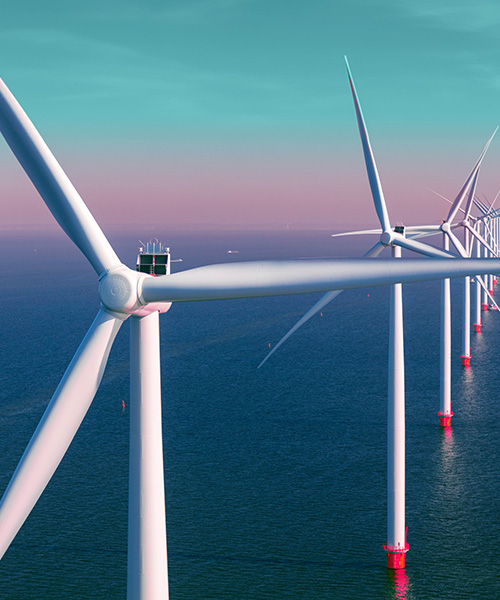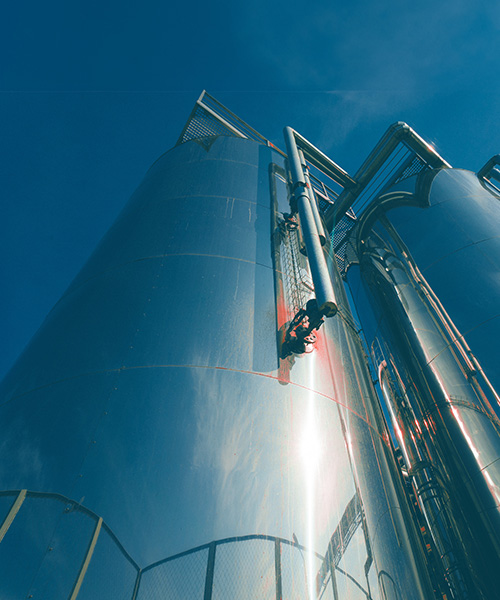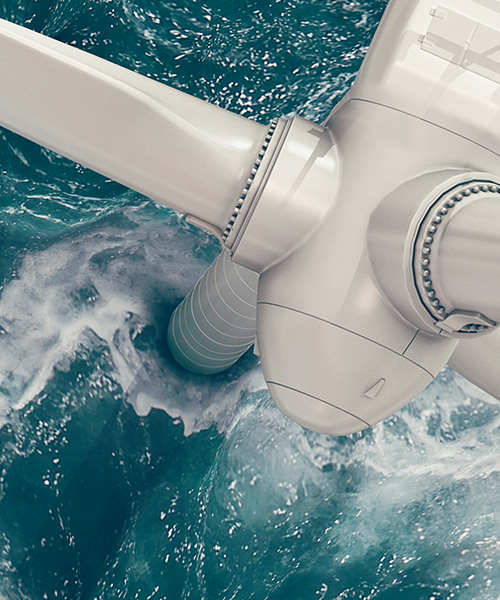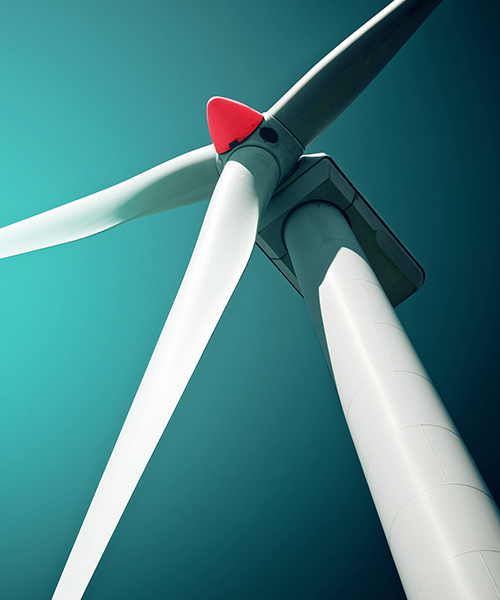August 30, 2022 • 6 min read
Energy transition: Using conventional energy expertise to support renewable energy goals
With wind power poised to take a leading role in making net zero ambitions a reality, how can we use our existing skillsets to achieve our renewable goals?
For Dr. Paul Ebert, Group Director, Sustainability and Energy Transition, many answers lie in lessons we’ve already learned from the oil and gas industry. He uses the example of wind power – one of the most familiar renewable technologies.
“To meet net zero targets, we must develop all possible lower carbon technologies at scale and pace. That’s why we’re preparing for a different type of wind power. One that can reach harsher climates and deeper waters, where winds blow strong and consistently, transitioning our ability to tap into even greater renewable energy resources,” explains Dr. Ebert. “And that’s floating offshore wind.
“This is an attractive alternative to fixed assets because it comes with the flexibility to move physical assets to where the strongest, more consistent winds blow through different seasons. It also means assets can be towed to shore for essential maintenance instead of mobilizing teams offshore.
“However, exploratory work still needs to be done as it may only suit certain technologies. Unplugging mooring and cable systems is more than simply throwing lines over the side. And, like anything new, it might sound daunting to developers with little or no experience in moving infrastructure in water,” he adds.
“In the UK, the government has the ambition to reach 50 GW of wind power by 2030. That’s an additional 3,000 wind turbines to be designed, built, and installed in the next six years. From this, it hopes to see 5 GW of power coming from floating offshore wind alone,” explains Dr. Ebert.
“But the good news is, developing a floating offshore wind farm is similar to building a conventional oil and gas platform, which is something we have decades of experience in.”
Taking standardization lessons from our conventional energy heritage
So how do we create 5 GW of floating offshore wind in a safe, efficient, and sustainable way?
“There needs to be a radical streamlining of the time it takes projects to get from conception to construction and through to commissioning. New legislation must come in to cut project approval and sanction times from around four years to just one, but in a way that still protects environments and communities,” says Dr. Ebert.
“One of the lessons we can take from the oil and gas industry is scale, standardization, and replication. One way of doing this is designing one asset and building many, as detailed in our joint paper with Princeton University, US, From Ambition to Reality. This leaves room for bespoke changes depending on requirements and environment.”
The same principles can be transferred to floating offshore wind, rapidly speeding up design and construction time.
“It will become key to embed standardization, automation and modularization into wind projects to get closer to net zero. Once a technology has been approved, it can be replicated to more projects in parallel, increasing how many are built and how quickly,” says Chris Cowland, Vice President, Global Offshore Wind.
We don’t need to reinvent the wheel when considering floating offshore wind structures, particularly when it comes to fabrication. We can utilize existing fit-for-purpose yards and facilities that are currently serving the offshore oil and gas sector. We are already adopting this approach at Worley Rosenberg in Stavanger, Norway.
“Floating wind requires space, but there’s no reason why they cannot be built in the same yard as a typical offshore platform. The skills are transferable,” explains Cowland.
Once built and installed, operating and maintaining (O&M) floating offshore wind turbines also requires similar transferable skills. One major benefit of having a floating wind farm over a fixed asset is the potential to physically move assets for tow-to-port maintenance if practicable to do so.
“In such an instance, O&M teams can be mobilized to the wind farm location to carry out routine maintenance on-site. This is not unfamiliar territory for workforces trained in offshore oil and gas or even the existing fixed offshore wind asset. Safety procedures, logistics, and the general nature of maintenance scopes have all taken lessons learned from traditional oil and gas operations.
“There are, of course, some subtle nuances, but we are fortunate to have the skills and knowledge of an already robust workforce to hit the ground running in this emerging industry,” he adds.
Sustainability beyond decommissioning
Perhaps the most important lesson we can learn from oil and gas is the importance of considering the end of life for an asset, even when that technology and power is in its prime.
“We need to design floating offshore wind assets successfully with sustainability at the forefront of our thinking,” says Dr. Ebert.
“It’s vital that we include a decommissioning plan for turbines now that might not reach the end of their life for decades. From a sustainability angle, we must think carefully about what materials we use to build new assets and how their operating systems work from the start.
“With the need to build so many new turbines, we need to consider the impact that has on material availability and the footprint of the creations. And of course, there will one day be a need to decommission the same amount, and this needs to be done in a safe way that won’t have a future detrimental effect on the planet.”
Cowland agrees. “We’re working with our customers, governments, and the supply chain to put lessons learned from the past into practice. Together, we need to keep sustainability at the forefront of our thinking throughout our work on the path to net zero.”





